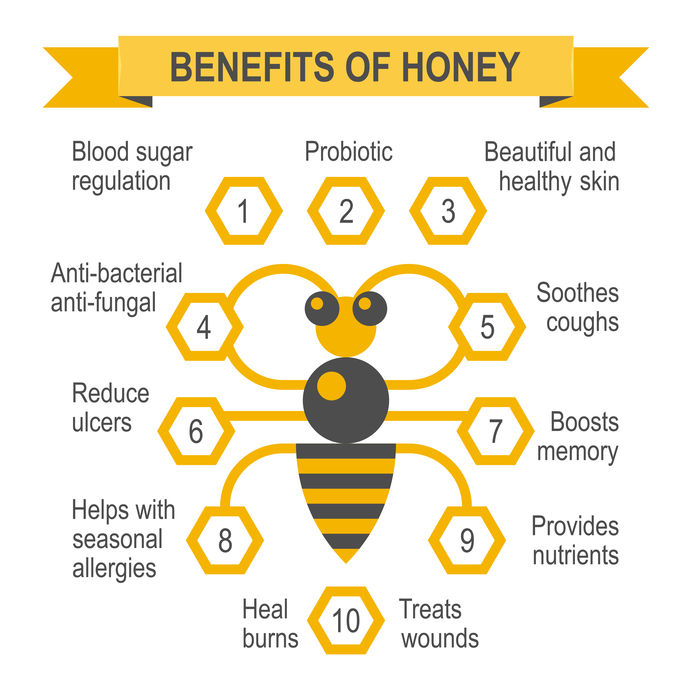Healthy Halloween Tips
By Stephanie Olzinski, RDN and Rhyan Geiger, RDN
Does the thought of Halloween candy give you the spooks? Worried about trick-or-treating and wanting to stay home this year? Here are some ways to stay safe and on track for a healthy Halloween while still enjoying treats with your family and friends.
- Buy fewer bags of candy.
Especially if going door to door will be limited this year, try to buy less than usual for the candy that will be given out or kept in your house.
- Choose the mini sizes.
Larger candy bars come with double or triple the calories. To enjoy your favorite treats without going overboard, opt for the smaller sized candy.
- Eat before you treat.
If you and your family decide to go out trick-or-treating or even to a socially-distanced event, make sure you are eating a balanced meal beforehand to avoid overeating any sweets. A good meal should include some protein and fiber to keep you full and satisfied!
- Stay active.
Whether you’re walking around, doing activities at home, or having a spooky dance party, staying active each day is important to keep your body strong and healthy.
- Make your own treats.
Using this year to begin new traditions could be a great way to have more family time and make healthy choices too. Below are some ideas for snacks that are festive, easy, and good for you!
BONUS CONTENT: recipe ideas for a Healthy Halloween!
- Boo Bananas – cut bananas in half and place mini chocolate chips as eyes and a mouth.
- Clementine Pumpkins – peel a clementine and add a small piece of celery to represent the stem of a pumpkin.
- Witches Broomsticks – cut mozzarella cheese sticks in have and shred one end to make it look like a broom. On the other end, insert a pretzel stick to represent the handle of the broom.




